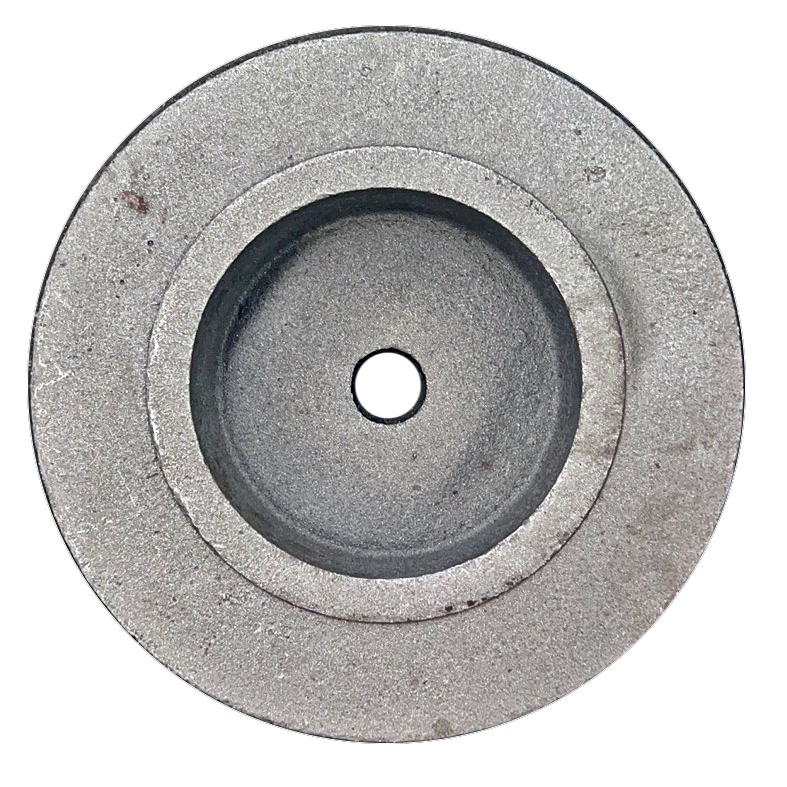- Afrikaans
- Albanian
- Amharic
- Arabic
- Armenian
- Azerbaijani
- Basque
- Belarusian
- Bengali
- Bosnian
- Bulgarian
- Catalan
- Cebuano
- China
- China (Taiwan)
- Corsican
- Croatian
- Czech
- Danish
- Dutch
- English
- Esperanto
- Estonian
- Finnish
- French
- Frisian
- Galician
- Georgian
- German
- Greek
- Gujarati
- Haitian Creole
- hausa
- hawaiian
- Hebrew
- Hindi
- Miao
- Hungarian
- Icelandic
- igbo
- Indonesian
- irish
- Italian
- Japanese
- Javanese
- Kannada
- kazakh
- Khmer
- Rwandese
- Korean
- Kurdish
- Kyrgyz
- Lao
- Latin
- Latvian
- Lithuanian
- Luxembourgish
- Macedonian
- Malgashi
- Malay
- Malayalam
- Maltese
- Maori
- Marathi
- Mongolian
- Myanmar
- Nepali
- Norwegian
- Norwegian
- Occitan
- Pashto
- Persian
- Polish
- Portuguese
- Punjabi
- Romanian
- Russian
- Samoan
- Scottish Gaelic
- Serbian
- Sesotho
- Shona
- Sindhi
- Sinhala
- Slovak
- Slovenian
- Somali
- Spanish
- Sundanese
- Swahili
- Swedish
- Tagalog
- Tajik
- Tamil
- Tatar
- Telugu
- Thai
- Turkish
- Turkmen
- Ukrainian
- Urdu
- Uighur
- Uzbek
- Vietnamese
- Welsh
- Bantu
- Yiddish
- Yoruba
- Zulu
Aug . 10, 2024 06:30 Back to list
Wholesale Fibre Reinforced Concrete Pipe Bottom Ring for Enhanced Structural Integrity and Durability
The Importance of Wholesale Fibre Reinforced Concrete Pipe Bottom Rings
In the construction and infrastructure industry, the materials and components used are crucial to the longevity and efficiency of projects. One such component that has gained significant attention in recent years is the fibre reinforced concrete pipe bottom ring. This article delves into the advantages, applications, and market trends surrounding wholesale fibre reinforced concrete pipe bottom rings.
Understanding Fibre Reinforced Concrete
Fibre reinforced concrete (FRC) is a composite material that consists of concrete mixed with fibrous materials. These fibers can be made from steel, glass, synthetic, or natural sources, each adding unique properties to the concrete. When incorporated into concrete, the fibres enhance its structural integrity, durability, and resistance to cracking. This becomes particularly important in applications where concrete is subjected to significant stress and environmental conditions.
The Role of Bottom Rings in Concrete Pipes
Bottom rings are critical components in concrete pipe systems. They serve as the supporting base that helps distribute loads and maintain structural integrity. Particularly in large diameter pipes used for drainage and stormwater management, the bottom ring ensures that the pipe can withstand heavy loads, including earth and traffic weight. The use of fibre reinforced concrete in these rings enhances their performance, making them more resilient to bending, tension, and shear forces.
Advantages of Fibre Reinforced Concrete Pipe Bottom Rings
1. Enhanced Durability The addition of fibres in the concrete mixture significantly improves the material's resistance to cracking. This is particularly important in environments where temperature fluctuations and chemical exposures are common, as it prolongs the lifespan of the pipes.
wholesale fibre reinforced concrete pipe bottom ring

2. Improved Load-Bearing Capacity Fibre reinforced concrete bottom rings can better distribute loads compared to traditional concrete. This means they can handle heavier traffic loads and more intense operational stresses without compromising structural integrity.
3. Cost Efficiency While the initial investment in fibre reinforced concrete might be higher, the long-term savings are notable. Reduced maintenance costs and extended service life make these elements economically favorable over time.
4. Versatility The adaptability of fibre reinforced concrete allows for various design specifications. Whether for urban drainage systems, sewer lines, or agricultural applications, these bottom rings can be tailored to meet specific engineering requirements.
Market Trends and Demand
The demand for fibre reinforced concrete pipe bottom rings is on the rise due to an increasing focus on sustainable construction practices and infrastructure resilience. Cities and municipalities are recognizing the importance of durable materials that require less frequent replacement, leading to more investments in high-quality pipe systems.
Moreover, advancements in manufacturing techniques have made it easier to produce high-quality fibre reinforced concrete at scale. Wholesale suppliers are now able to provide these innovative components at competitive prices, making them more accessible to contractors and developers.
Conclusion
The role of wholesale fibre reinforced concrete pipe bottom rings within the construction industry cannot be overstated. As infrastructure needs grow and the demands on materials become more stringent, the advantages offered by fibre reinforced concrete are increasingly recognized. Its durability, load-bearing capacity, and economic benefits position it as a vital component in modern construction practices. As we move towards a more resilient infrastructure future, the fibre reinforced concrete pipe bottom ring will undoubtedly play a crucial role in achieving these objectives.
-
8mm Thin-Walled Cast Steel Manhole Cover Pallet Bottom Ring | Durable
NewsAug.04,2025
-
Premium Cast Iron Water Main Pipe: Durable, Corrosion-Resistant
NewsAug.03,2025
-
Durable Cast Iron Water Mains | AI-Optimized Systems
NewsAug.02,2025
-
High-Efficiency Propane Boiler for Baseboard Heat | Save Energy
NewsAug.01,2025
-
Premium Source Suppliers for Various Gray Iron Castings
NewsJul.31,2025
-
Durable Cast Iron Water Main Pipes | Long-Lasting
NewsJul.31,2025


